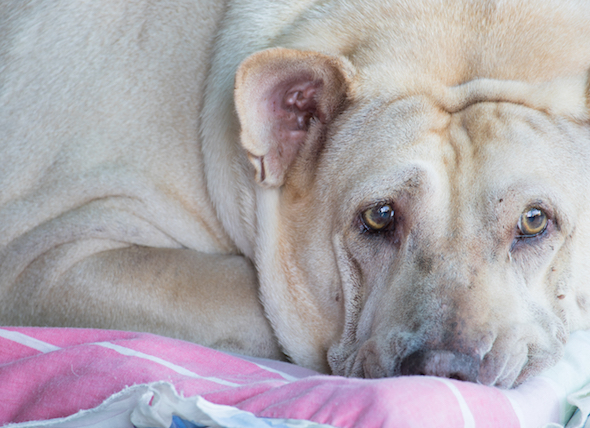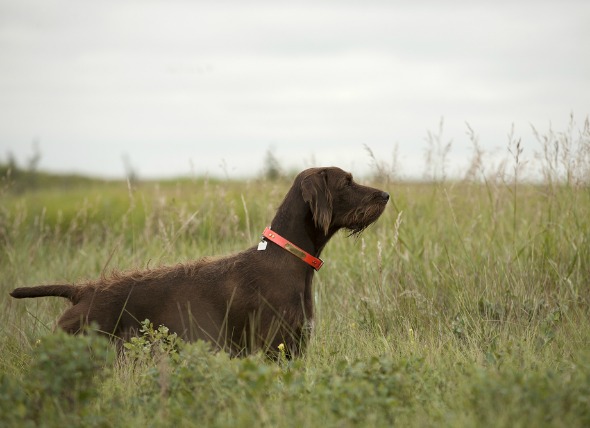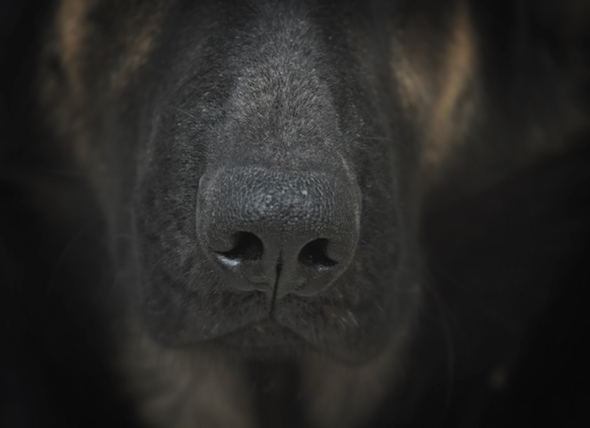

Panosteitis refers to a short-lived (self-limiting) and painful condition characterized by limping and lameness. It is a condition that affects the long bones in the legs of young dogs, usually between the ages of 5 to 18 months. It can occur with any breed, but it is more common in medium- to large-sized dog breeds.
The inflammation can affect one or more of the dog's limbs, making it challenging and painful to move around. With treatment, the inflammation can be reduced and the animal can regain full function and activity.
Panosteitis can affect both dogs and cats. If you would like to learn more about how this condition affects cats, please visit this page in the PetMD health library.
Lameness is often characterized by trouble walking on the front legs, as there is often a deep pain associated with the bones. While the inflammation is more common in the front legs, it is also found in the back legs.
Some dogs also exhibit fever, depression, weight loss, and anorexia. Additionally, if the condition is not corrected, some dogs may experience loss of muscle mass (atrophy) over time with the lack of muscle usage.
Overall, the causes of panosteitis are unknown. While lameness can affect any breed at any age, it is most common in younger breeds, and in particular, the German Shepherd. The lameness may occur on its own or it may be accompanied with other orthopedic diseases.
Joint pain can last from days to months, and will range from mild to severe. Your veterinarian will examine your dog to rule out underlying conditions other than inflammation of the bones. X-ray imaging and blood analysis will be used to search for any underlying conditions. In most cases, the inflammation will be the cause of the pain and can be reduced with drug treatment.
In some cases, anti-inflammatory drugs are prescribed and administered to help with the pain and to encourage walking. Steroids can also assist in the reduction of inflammation in the bones.
Limited activity will help to reduce your dog’s pain. Allowing your pet time to recover, and time for the joints and bones to heal, however, will not reduce the speed of recovery.
It is recommended that you take your dog to be re-checked every two to four weeks for progress, as well as to detect if there are any more serious underlying medical issues that have been causing the problems.
It is important to observe your pet and work to reduce their overall pain levels through reduction of activity, pain medication, and environment. The pain may last only a few days, or it could last for several months. In rarer cases, juvenile bone (orthopedic) disease can develop.
There are currently no known preventive measures for this medical condition.
 Excess Calcium in the Blood in Dogs
Hypercalcemia in Dogs
Behind the thyroid gland in
Excess Calcium in the Blood in Dogs
Hypercalcemia in Dogs
Behind the thyroid gland in
 Mast Cell Tumor (Mastocytoma) in Dogs
Connective Tissue Tumors in Dogs
Mast cell
Mast Cell Tumor (Mastocytoma) in Dogs
Connective Tissue Tumors in Dogs
Mast cell
 Bacterial Infection (Tularemia) in Dogs
Francisella tularensis in Dogs
Tularemia is a zoo
Bacterial Infection (Tularemia) in Dogs
Francisella tularensis in Dogs
Tularemia is a zoo
 Ear Cancer in Dogs
Auricular Squamous Cell Carcinoma in Dogs
Dogs ca
Ear Cancer in Dogs
Auricular Squamous Cell Carcinoma in Dogs
Dogs ca
 Distemper in Dogs
Canine Distemper in Dogs
Canine distemper is a co
Distemper in Dogs
Canine Distemper in Dogs
Canine distemper is a co
Copyright © 2005-2016 Pet Information All Rights Reserved
Contact us: www162date@outlook.com